使用 GoRoutine 和通道在 Paho MQTT 上通过 websockets 发布消息的正确方法是什么?
在 Paho MQTT 库中使用 GoRoutine 和通道来发布消息时,需要采用正确的方法来确保消息的可靠性和有序性。本文将探讨两种可行的解决方案:一是通过取消对 `token.wait()` 的调用,实现异步消息发送;二是通过使用带缓冲通道的 GoRoutine,实现消息排序。本文还提供了示例代码,展示如何使用这些方法,以及如何将消息发送任务分成一组工作者,以提高性能。
作为我用来发布消息以进行测试的标准代码:
func main() {
opts := mqtt.newclientoptions().addbroker("tcp://127.0.0.1:1883")
opts.setclientid("myclientid_")
opts.setdefaultpublishhandler(f)
opts.setconnectionlosthandler(connlosthandler)
opts.onconnect = func(c mqtt.client) {
fmt.printf("client connected, subscribing to: test/topic\n")
if token := c.subscribe("logs", 0, nil); token.wait() && token.error() != nil {
fmt.println(token.error())
os.exit(1)
}
}
c := mqtt.newclient(opts)
if token := c.connect(); token.wait() && token.error() != nil {
panic(token.error())
}
for i := 0; i < 5; i++ {
text := fmt.sprintf("this is msg #%d!", i)
token := c.publish("logs", 0, false, text)
token.wait()
}
time.sleep(3 * time.second)
if token := c.unsubscribe("logs"); token.wait() && token.error() != nil {
fmt.println(token.error())
os.exit(1)
}
c.disconnect(250)
}
这个效果很好!但是在执行高延迟任务时大量传递消息,我的程序性能会很低,所以我必须使用 goroutine 和 channel。
所以,我正在寻找一种方法在 goroutine 中创建一个 worker,以便使用 golang 的 paho mqtt 库向浏览器发布消息,我很难找到满足我的需求的更好的解决方案,但经过一番搜索后,我找到了这段代码:
package main
import (
"crypto/tls"
"crypto/x509"
"fmt"
"io/ioutil"
"strings"
"time"
MQTT "git.eclipse.org/gitroot/paho/org.eclipse.paho.mqtt.golang.git"
"linksmart.eu/lc/core/catalog"
"linksmart.eu/lc/core/catalog/service"
)
// MQTTConnector provides MQTT protocol connectivity
type MQTTConnector struct {
config *MqttProtocol
clientID string
client *MQTT.Client
pubCh chan AgentResponse
subCh chan<- DataRequest
pubTopics map[string]string
subTopicsRvsd map[string]string // store SUB topics "reversed" to optimize lookup in messageHandler
}
const defaultQoS = 1
func (c *MQTTConnector) start() {
logger.Println("MQTTConnector.start()")
if c.config.Discover && c.config.URL == "" {
err := c.discoverBrokerEndpoint()
if err != nil {
logger.Println("MQTTConnector.start() failed to start publisher:", err.Error())
return
}
}
// configure the mqtt client
c.configureMqttConnection()
// start the connection routine
logger.Printf("MQTTConnector.start() Will connect to the broker %v\n", c.config.URL)
go c.connect(0)
// start the publisher routine
go c.publisher()
}
// reads outgoing messages from the pubCh und publishes them to the broker
func (c *MQTTConnector) publisher() {
for resp := range c.pubCh {
if !c.client.IsConnected() {
logger.Println("MQTTConnector.publisher() got data while not connected to the broker. **discarded**")
continue
}
if resp.IsError {
logger.Println("MQTTConnector.publisher() data ERROR from agent manager:", string(resp.Payload))
continue
}
topic := c.pubTopics[resp.ResourceId]
c.client.Publish(topic, byte(defaultQoS), false, resp.Payload)
// We dont' wait for confirmation from broker (avoid blocking here!)
//<-r
logger.Println("MQTTConnector.publisher() published to", topic)
}
}
func (c *MQTTConnector) stop() {
logger.Println("MQTTConnector.stop()")
if c.client != nil && c.client.IsConnected() {
c.client.Disconnect(500)
}
}
func (c *MQTTConnector) connect(backOff int) {
if c.client == nil {
logger.Printf("MQTTConnector.connect() client is not configured")
return
}
for {
logger.Printf("MQTTConnector.connect() connecting to the broker %v, backOff: %v sec\n", c.config.URL, backOff)
time.Sleep(time.Duration(backOff) * time.Second)
if c.client.IsConnected() {
break
}
token := c.client.Connect()
token.Wait()
if token.Error() == nil {
break
}
logger.Printf("MQTTConnector.connect() failed to connect: %v\n", token.Error().Error())
if backOff == 0 {
backOff = 10
} else if backOff <= 600 {
backOff *= 2
}
}
logger.Printf("MQTTConnector.connect() connected to the broker %v", c.config.URL)
return
}
func (c *MQTTConnector) onConnected(client *MQTT.Client) {
// subscribe if there is at least one resource with SUB in MQTT protocol is configured
if len(c.subTopicsRvsd) > 0 {
logger.Println("MQTTPulbisher.onConnected() will (re-)subscribe to all configured SUB topics")
topicFilters := make(map[string]byte)
for topic, _ := range c.subTopicsRvsd {
logger.Printf("MQTTPulbisher.onConnected() will subscribe to topic %s", topic)
topicFilters[topic] = defaultQoS
}
client.SubscribeMultiple(topicFilters, c.messageHandler)
} else {
logger.Println("MQTTPulbisher.onConnected() no resources with SUB configured")
}
}
func (c *MQTTConnector) onConnectionLost(client *MQTT.Client, reason error) {
logger.Println("MQTTPulbisher.onConnectionLost() lost connection to the broker: ", reason.Error())
// Initialize a new client and reconnect
c.configureMqttConnection()
go c.connect(0)
}
func (c *MQTTConnector) configureMqttConnection() {
connOpts := MQTT.NewClientOptions().
AddBroker(c.config.URL).
SetClientID(c.clientID).
SetCleanSession(true).
SetConnectionLostHandler(c.onConnectionLost).
SetOnConnectHandler(c.onConnected).
SetAutoReconnect(false) // we take care of re-connect ourselves
// Username/password authentication
if c.config.Username != "" && c.config.Password != "" {
connOpts.SetUsername(c.config.Username)
connOpts.SetPassword(c.config.Password)
}
// SSL/TLS
if strings.HasPrefix(c.config.URL, "ssl") {
tlsConfig := &tls.Config{}
// Custom CA to auth broker with a self-signed certificate
if c.config.CaFile != "" {
caFile, err := ioutil.ReadFile(c.config.CaFile)
if err != nil {
logger.Printf("MQTTConnector.configureMqttConnection() ERROR: failed to read CA file %s:%s\n", c.config.CaFile, err.Error())
} else {
tlsConfig.RootCAs = x509.NewCertPool()
ok := tlsConfig.RootCAs.AppendCertsFromPEM(caFile)
if !ok {
logger.Printf("MQTTConnector.configureMqttConnection() ERROR: failed to parse CA certificate %s\n", c.config.CaFile)
}
}
}
// Certificate-based client authentication
if c.config.CertFile != "" && c.config.KeyFile != "" {
cert, err := tls.LoadX509KeyPair(c.config.CertFile, c.config.KeyFile)
if err != nil {
logger.Printf("MQTTConnector.configureMqttConnection() ERROR: failed to load client TLS credentials: %s\n",
err.Error())
} else {
tlsConfig.Certificates = []tls.Certificate{cert}
}
}
connOpts.SetTLSConfig(tlsConfig)
}
c.client = MQTT.NewClient(connOpts)
}
这段代码正是我想要的!
但是作为 golang 中的菜鸟,我不知道如何在主函数中运行 start() 函数以及要传递什么参数!
特别是,我将如何使用通道将消息传递给工作人员(发布者)?!
我们将不胜感激您的帮助!
解决方案
我在 github repo 上发布了下面的答案,但由于您在这里提出了同样的问题,因此认为值得交叉发布(包含更多信息)。
当您说“在执行高延迟任务时大量传递消息”时,我假设您的意思是您想要异步发送消息(因此消息由与主代码运行不同的 go 例程处理) .
如果是这种情况,那么对您的初始示例进行非常简单的更改即可:
for i := 0; i < 5; i++ {
text := fmt.sprintf("this is msg #%d!", i)
token := c.publish("logs", 0, false, text)
// comment out... token.wait()
}
注意:您的示例代码可能会在消息实际发送之前退出;添加 time.sleep(10 * time.second) 会给它时间让它们熄灭;请参阅下面的代码以了解处理此问题的另一种方法
您的初始代码在消息发送之前停止的唯一原因是您调用了 token.wait()。如果您不关心错误(并且您不检查错误,所以我假设您不关心),那么调用 token.wait() 就没有什么意义(它只是等待消息发送;消息将消失无论您是否调用 token.wait())。
如果您想记录任何错误,您可以使用以下内容:
for i := 0; i < 5; i++ {
text := fmt.sprintf("this is msg #%d!", i)
token := c.publish("logs", 0, false, text)
go func(){
token.wait()
err := token.error()
if err != nil {
fmt.printf("error: %s\n", err.error()) // or whatever you want to do with your error
}
}()
}
请注意,如果消息传递至关重要(但由于您没有检查错误,我假设它不是),您还需要做一些其他事情。
就您找到的代码而言;我怀疑这会增加您不需要的复杂性(并且需要更多信息才能解决此问题;例如,mqttprotocol 结构未在您粘贴的位中定义)。
额外一点...在您的评论中您提到“发布的消息必须排序”。如果这是必要的(因此您希望等到每条消息都已送达后再发送另一条消息),那么您需要类似以下内容:
msgchan := make(chan string, 200) // allow a queue of up to 200 messages
var wg sync.waitgroup
wg.add(1)
go func(){ // go routine to send messages from channel
for msg := range msgchan {
token := c.publish("logs", 2, false, msg) // use qos2 is order is vital
token.wait()
// should check for errors here
}
wg.done()
}()
for i := 0; i < 5; i++ {
text := fmt.sprintf("this is msg #%d!", i)
msgchan <- text
}
close(msgchan) // this will stop the goroutine (when all messages processed)
wg.wait() // wait for all messages to be sent before exiting (may wait for ever is mqtt broker down!)
注意:这与 ilya kaznacheev 的解决方案类似(如果将workerpoolsize 设置为 1 并使通道缓冲)
正如您的评论表明等待组使这难以理解,这里是另一种可能更清晰的等待方式(等待组通常在您等待多个事物完成时使用;在本例中,我们只等待一个因此可以使用更简单的方法)
msgchan := make(chan string, 200) // allow a queue of up to 200 messages
done := make(chan struct{}) // channel used to indicate when go routine has finnished
go func(){ // go routine to send messages from channel
for msg := range msgchan {
token := c.publish("logs", 2, false, msg) // use qos2 is order is vital
token.wait()
// should check for errors here
}
close(done) // let main routine know we have finnished
}()
for i := 0; i < 5; i++ {
text := fmt.sprintf("this is msg #%d!", i)
msgchan <- text
}
close(msgchan) // this will stop the goroutine (when all messages processed)
<-done // wait for publish go routine to complete为什么不将消息发送分成一组工作人员呢?
类似这样的事情:
...
const workerPoolSize = 10 // the number of workers you want to have
wg := &sync.WaitGroup{}
wCh := make(chan string)
wg.Add(workerPoolSize) // you want to wait for 10 workers to finish the job
// run workers in goroutines
for i := 0; i < workerPoolSize; i++ {
go func(wch <-chan string) {
// get the data from the channel
for text := range wch {
c.Publish("logs", 0, false, text)
token.Wait()
}
wg.Done() // worker says that he finishes the job
}(wCh)
}
for i := 0; i < 5; i++ {
// put the data to the channel
wCh <- fmt.Sprintf("this is msg #%d!", i)
}
close(wCh)
wg.Wait() // wait for all workers to finish
...
文中关于的知识介绍,希望对你的学习有所帮助!若是受益匪浅,那就动动鼠标收藏这篇《使用 GoRoutine 和通道在 Paho MQTT 上通过 websockets 发布消息的正确方法是什么?》文章吧,也可关注golang学习网公众号了解相关技术文章。
 Golang 单线程模型的特点和优势
Golang 单线程模型的特点和优势
- 上一篇
- Golang 单线程模型的特点和优势

- 下一篇
- 深度解析:Golang的协程究竟是什么?
-

- Golang · Go问答 | 1年前 |
- 在读取缓冲通道中的内容之前退出
- 139浏览 收藏
-
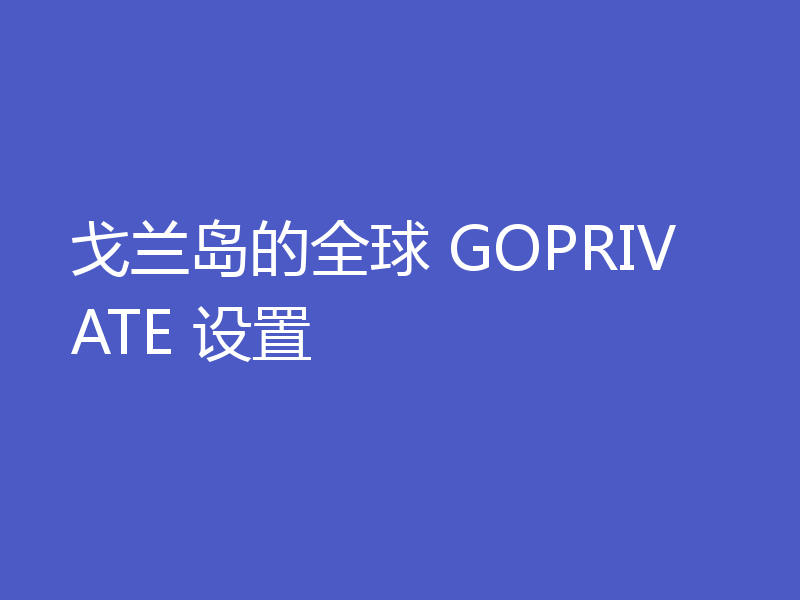
- Golang · Go问答 | 1年前 |
- 戈兰岛的全球 GOPRIVATE 设置
- 204浏览 收藏
-

- Golang · Go问答 | 1年前 |
- 如何将结构作为参数传递给 xml-rpc
- 325浏览 收藏
-

- Golang · Go问答 | 1年前 |
- 如何用golang获得小数点以下两位长度?
- 478浏览 收藏
-
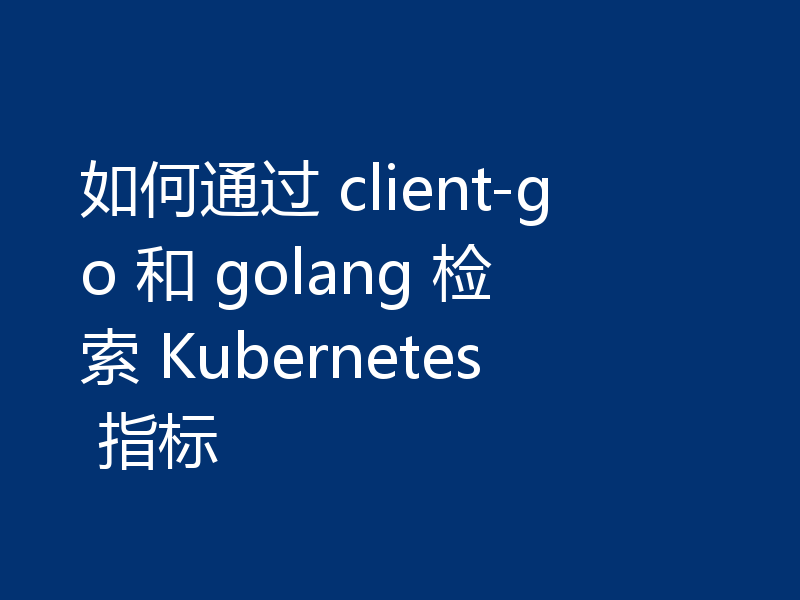
- Golang · Go问答 | 1年前 |
- 如何通过 client-go 和 golang 检索 Kubernetes 指标
- 486浏览 收藏
-

- Golang · Go问答 | 1年前 |
- 将多个“参数”映射到单个可变参数的习惯用法
- 439浏览 收藏
-
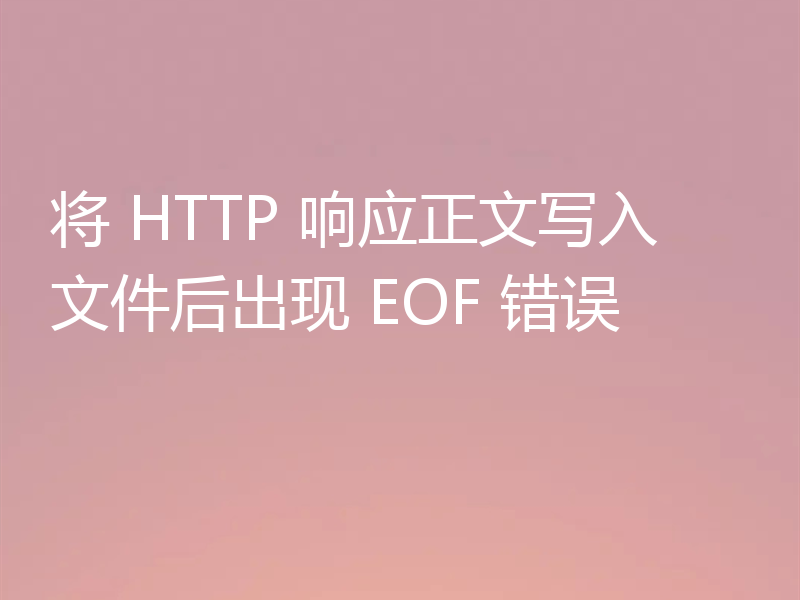
- Golang · Go问答 | 1年前 |
- 将 HTTP 响应正文写入文件后出现 EOF 错误
- 357浏览 收藏
-

- Golang · Go问答 | 1年前 |
- 结构中映射的匿名列表的“复合文字中缺少类型”
- 352浏览 收藏
-
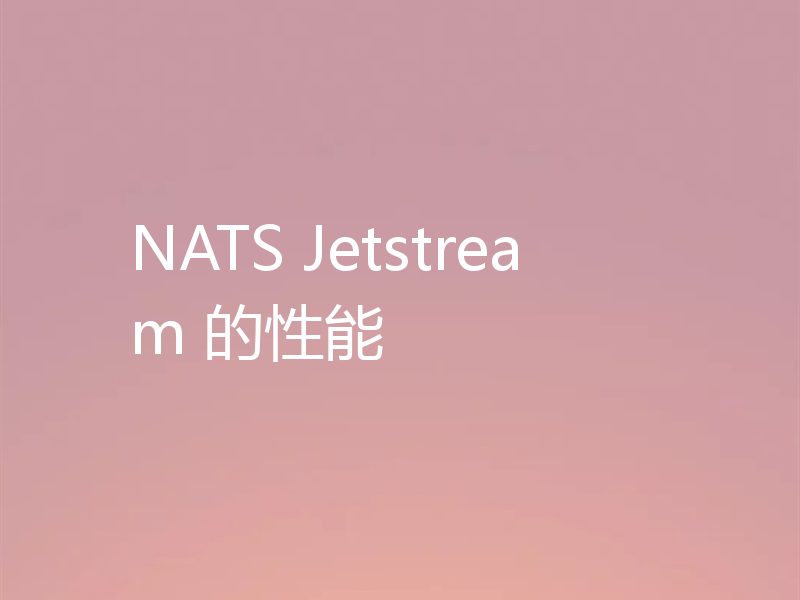
- Golang · Go问答 | 1年前 |
- NATS Jetstream 的性能
- 101浏览 收藏
-
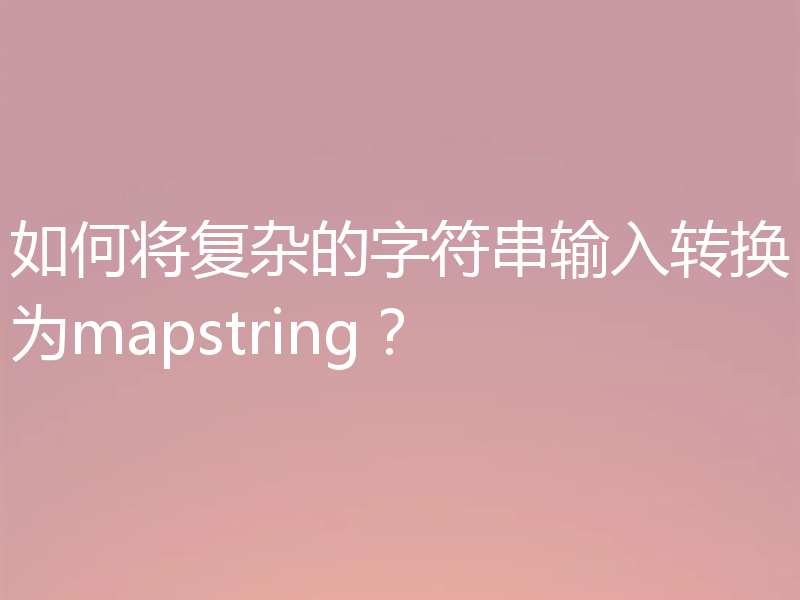
- Golang · Go问答 | 1年前 |
- 如何将复杂的字符串输入转换为mapstring?
- 440浏览 收藏
-
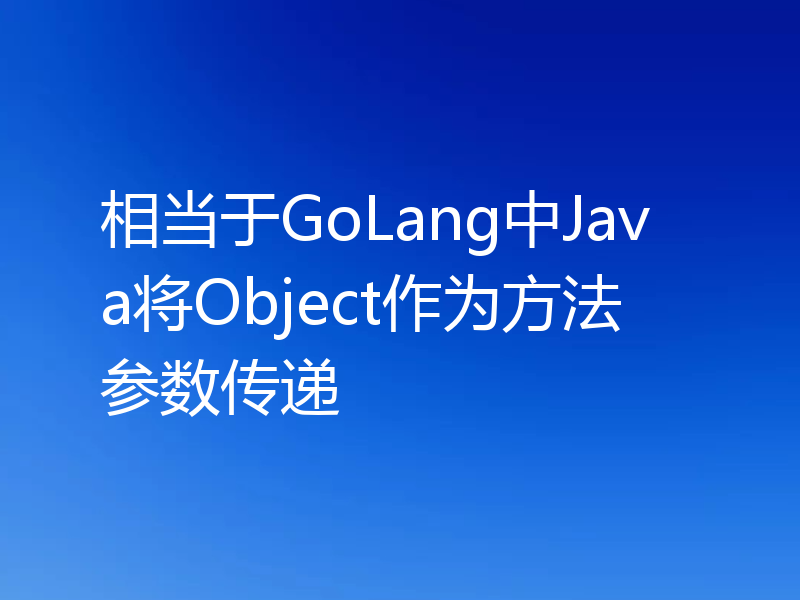
- Golang · Go问答 | 1年前 |
- 相当于GoLang中Java将Object作为方法参数传递
- 212浏览 收藏
-
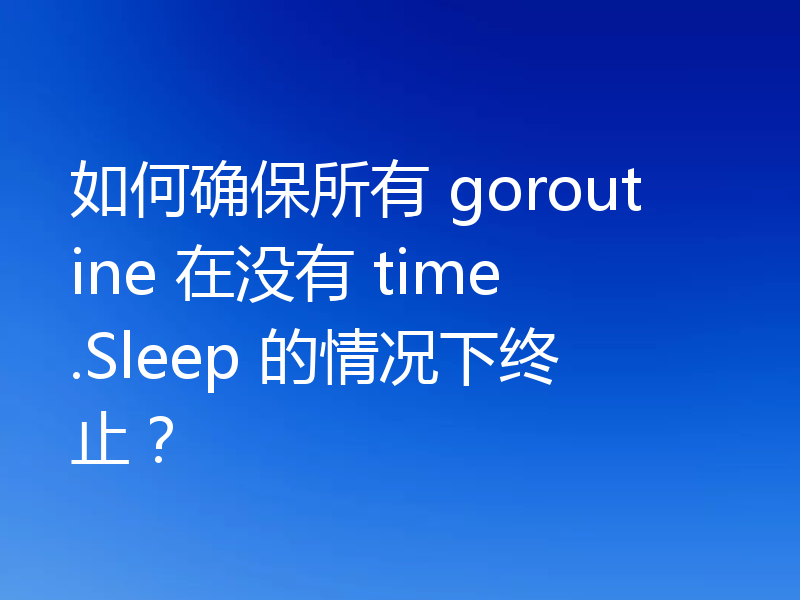
- Golang · Go问答 | 1年前 |
- 如何确保所有 goroutine 在没有 time.Sleep 的情况下终止?
- 143浏览 收藏
-

- 前端进阶之JavaScript设计模式
- 设计模式是开发人员在软件开发过程中面临一般问题时的解决方案,代表了最佳的实践。本课程的主打内容包括JS常见设计模式以及具体应用场景,打造一站式知识长龙服务,适合有JS基础的同学学习。
- 543次学习
-

- GO语言核心编程课程
- 本课程采用真实案例,全面具体可落地,从理论到实践,一步一步将GO核心编程技术、编程思想、底层实现融会贯通,使学习者贴近时代脉搏,做IT互联网时代的弄潮儿。
- 516次学习
-

- 简单聊聊mysql8与网络通信
- 如有问题加微信:Le-studyg;在课程中,我们将首先介绍MySQL8的新特性,包括性能优化、安全增强、新数据类型等,帮助学生快速熟悉MySQL8的最新功能。接着,我们将深入解析MySQL的网络通信机制,包括协议、连接管理、数据传输等,让
- 500次学习
-

- JavaScript正则表达式基础与实战
- 在任何一门编程语言中,正则表达式,都是一项重要的知识,它提供了高效的字符串匹配与捕获机制,可以极大的简化程序设计。
- 487次学习
-

- 从零制作响应式网站—Grid布局
- 本系列教程将展示从零制作一个假想的网络科技公司官网,分为导航,轮播,关于我们,成功案例,服务流程,团队介绍,数据部分,公司动态,底部信息等内容区块。网站整体采用CSSGrid布局,支持响应式,有流畅过渡和展现动画。
- 485次学习
-

- ChatExcel酷表
- ChatExcel酷表是由北京大学团队打造的Excel聊天机器人,用自然语言操控表格,简化数据处理,告别繁琐操作,提升工作效率!适用于学生、上班族及政府人员。
- 3190次使用
-

- Any绘本
- 探索Any绘本(anypicturebook.com/zh),一款开源免费的AI绘本创作工具,基于Google Gemini与Flux AI模型,让您轻松创作个性化绘本。适用于家庭、教育、创作等多种场景,零门槛,高自由度,技术透明,本地可控。
- 3402次使用
-

- 可赞AI
- 可赞AI,AI驱动的办公可视化智能工具,助您轻松实现文本与可视化元素高效转化。无论是智能文档生成、多格式文本解析,还是一键生成专业图表、脑图、知识卡片,可赞AI都能让信息处理更清晰高效。覆盖数据汇报、会议纪要、内容营销等全场景,大幅提升办公效率,降低专业门槛,是您提升工作效率的得力助手。
- 3433次使用
-

- 星月写作
- 星月写作是国内首款聚焦中文网络小说创作的AI辅助工具,解决网文作者从构思到变现的全流程痛点。AI扫榜、专属模板、全链路适配,助力新人快速上手,资深作者效率倍增。
- 4540次使用
-

- MagicLight
- MagicLight.ai是全球首款叙事驱动型AI动画视频创作平台,专注于解决从故事想法到完整动画的全流程痛点。它通过自研AI模型,保障角色、风格、场景高度一致性,让零动画经验者也能高效产出专业级叙事内容。广泛适用于独立创作者、动画工作室、教育机构及企业营销,助您轻松实现创意落地与商业化。
- 3811次使用
-
- GoLand调式动态执行代码
- 2023-01-13 502浏览
-
- 用Nginx反向代理部署go写的网站。
- 2023-01-17 502浏览
-
- Golang取得代码运行时间的问题
- 2023-02-24 501浏览
-
- 请问 go 代码如何实现在代码改动后不需要Ctrl+c,然后重新 go run *.go 文件?
- 2023-01-08 501浏览
-
- 如何从同一个 io.Reader 读取多次
- 2023-04-11 501浏览



